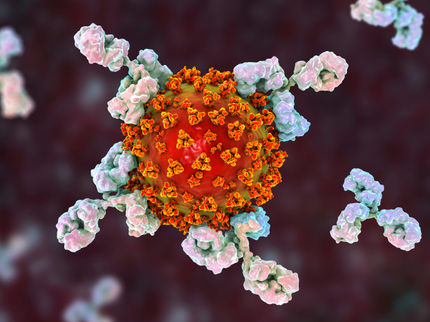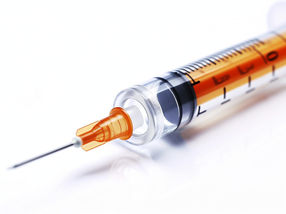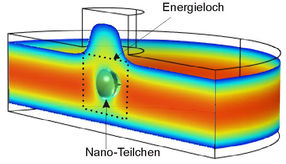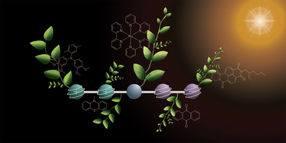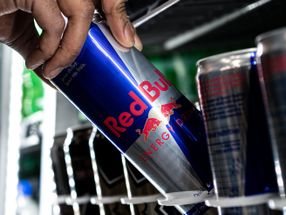Mix-and-match vaccines generate a particularly strong immune response
Advertisement
People who receive the Covid-19 vaccine from AstraZeneca as their first dose and the BioNTech vaccine as their second shot show a significantly stronger immune response than those who receive the AstraZeneca vaccine on both occasions. This ‘mix-and-match’ approach also delivers a slightly higher bodily immune response than two shots of the BioNTech vaccine. These are the findings of a research team led by Martina Sester, Professor of Immunology at Saarland University. Sester’s team has spent several weeks examining in detail the immune response of 250 individuals. Their provisional but very promising results have yet to be published in a peer-reviewed journal.
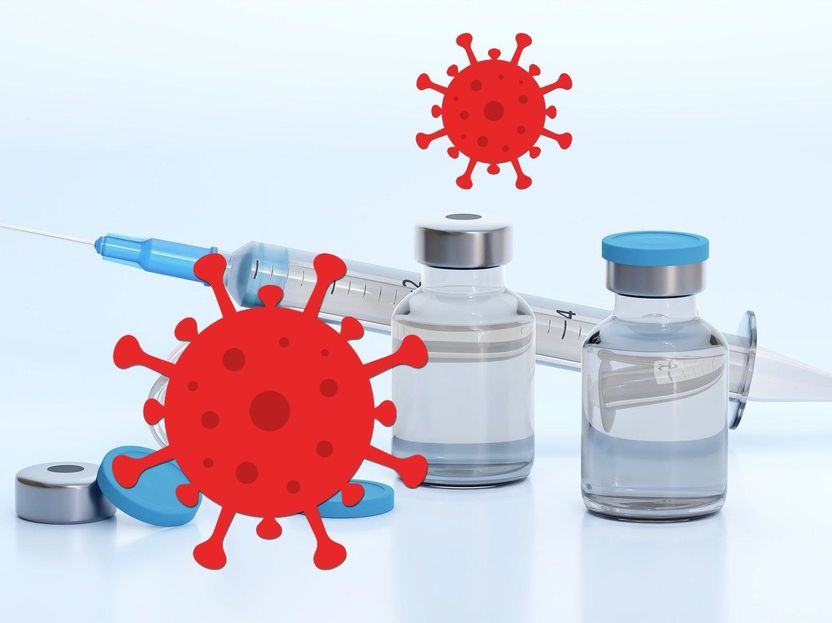
Symbolic image
pixabay.com
The study aimed to determine the strength of the immune response in 250 individuals two weeks after they had completed their vaccination series. The subjects were all vaccinated in the last few months by the occupational medical officer at Saarland University Medical Center in Homburg. Part of the study cohort were given either two doses of the AstraZeneca vaccine or two doses of the BioNTech/Pfizer vaccine; the remainder of the subjects were given one dose of each vaccine nine to twelve weeks apart in what is known as a heterologous prime-boost vaccination (or more simply ‘mix-and-match’ vaccination). A few other members of the test cohort were given two doses of the Moderna vaccine or a combination of the AstraZeneca and Moderna vaccines.
‘Given that back in March Germany’s Standing Committee on Vaccination (STIKO) had to recommend heterologous vaccination regimens without having the associated clinical trial data to hand, there is an urgent need for analyses like this one from our lab. We have not only examined how many coronavirus antibodies the vaccinated subjects produced, we also determined the effectiveness of the neutralizing antibodies. This gives us an idea of how good the antibodies are at defending a cell from infection with the virus,’ explains Martina Sester, Professor of Transplant and Infection Immunology at Saarland University.
Analysis of antibody production levels shows that a combined AstraZeneca/BioNTech vaccination or a double dose of BioNTech is significantly more effective than a double dose of the AstraZeneca vaccine. The team found that the antibody level in the blood was about ten times higher in people who had either the AstraZeneca/BioNTech combination or the double BioNTech vaccination. ‘When we looked at the neutralizing antibodies, we found that the mix-and-match strategy actually yielded a slightly better result than that achieved with a double dose of BioNTech,’ says Martina Sester.
Sester’s research team also had a look at two different types of T cells – white blood cells that play important roles in the body’s immune system. The helper T cells have a number of functions, including activating the production of antibodies. The role of the killer T cells is to destroy those cells that have become infected with the virus. Killer T cells are particularly important in preventing serious COVID-19 illness and hospitalization.
Both the AstraZeneca/BioNTech vaccine combination and the double BioNTech vaccination were substantially more effective in producing both types of T cells. The production of killer T cells was most pronounced in subjects who had received the mixand-match vaccination, mirroring the findings for the neutralizing antibodies. ‘This provides quite striking evidence that a double dose of the AstraZeneca vaccine is not able to mobilize the body’s immune responses as strongly as the other two vaccination regimens. However, this does not mean that people who have received a double dose of AstraZeneca have an insufficient level of protection against the virus. The clinical trials and the success of the vaccination campaigns in other countries show the high level of effectiveness of the AstraZeneca vaccine. But it does indicate that a second dose of AstraZeneca is not able to trigger the full potential that is actually present in this vaccine,’ explains immunology expert Martina Sester.
Although the study is still ongoing, the researchers were surprised at just how clear-cut the results have been. ‘This is why we want to share these findings with the wider public now, rather than waiting for the full academic peer-review process to finish,’ explains Professor Sester. Before they publish their findings, the researchers plan to evaluate their data with respect to a number of aspects, including gender and age of participants, and to determine which vaccine combination produced the most side effects. ‘We believe that if other research teams reach similar conclusions, serious consideration should be given to combining viral vector vaccines (like AstraZeneca) and mRNA vaccines (like BioNTech). The potential benefits of a combination vaccine therapy for people who are immunocompromised should also be examined. These are individuals who have pre-existing medical conditions and whose immune defences have been weakened, often as a result of taking certain medications, and they could potentially benefit from receiving a combination vaccine as their third booster shot as it would help them develop the broadest possible immune response,’ explains Martina Sester.



